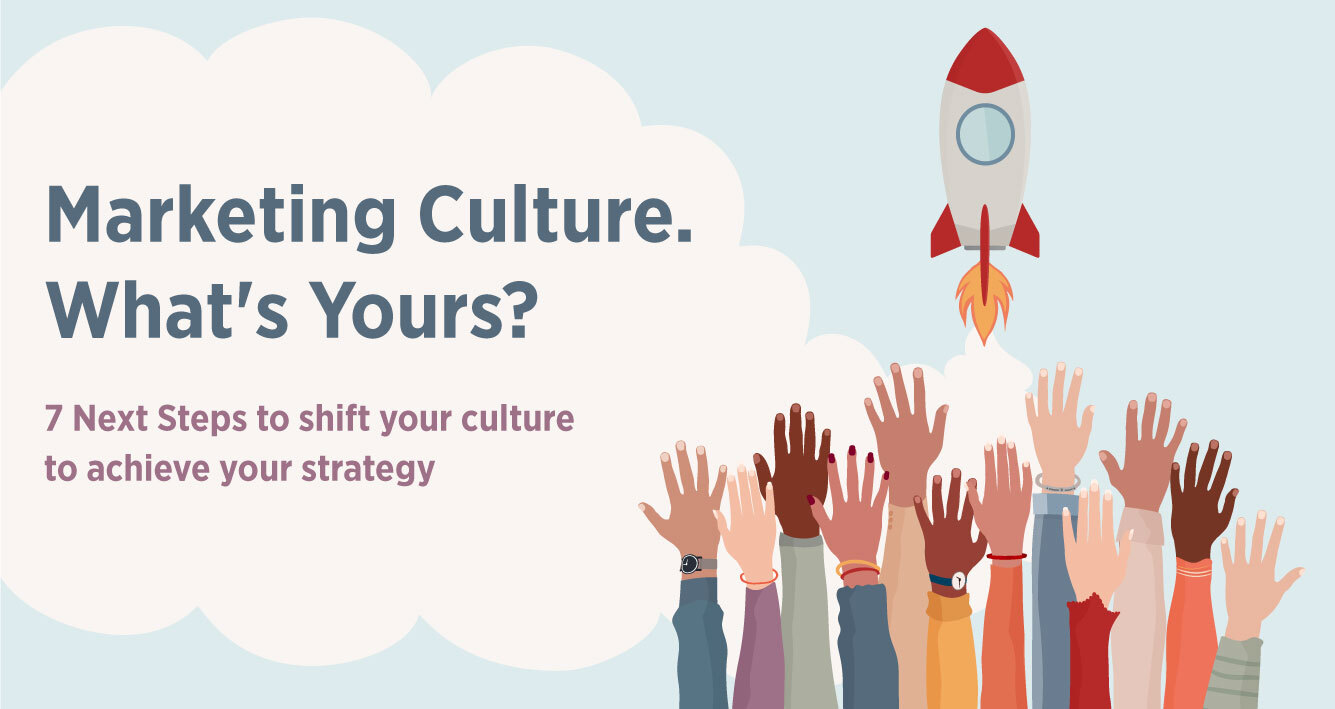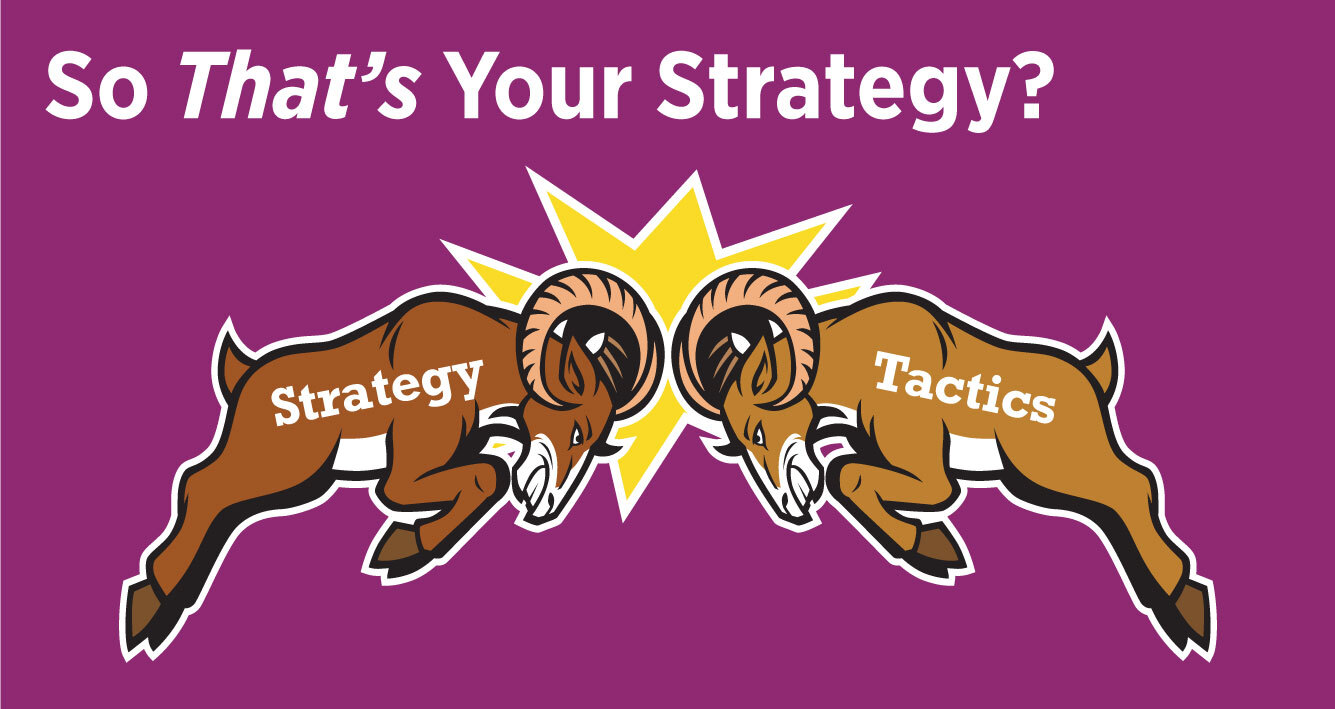At some point when we listen to stories of successful initiatives, part of that story almost always includes a line like this: "Well, we were really curious about..."
How is your curiosity quotient these days?
Success emerges from teams that want to know and understand. That desire, and how well you act on and fulfill that desire speaks to the drive to succeed.
In a few weeks, a select few of your peers will gather with leaders in our field of international recruiting for a full-day, hands-on workshop to seriously get stuff done. Dubbed “Succeeding in the New Student Landscape,” this event is designed to help you diversify and build your global student recruitment plan for 2023 and beyond. This event offers small-batch, intensely focused conversations to apply the latest data, trends, perspectives, and best practices to your institution's current state.
We are keeping it small so that every participant gets the kind of attention that addresses the immediate and long-term thinking needed for each unique institution.
The details:
- December 13, 2022 (falling conveniently between the AIRC and ICEF conferences)
- On campus at San Diego State University
- 19 industry thought leaders as your faculty and keynote speakers
- Two tracks: Get It Done (Track I), Leadership (Track II)
- Two on-target keynotes: Social Justice as it relates to International Student Attraction (lunch), and Chinese Student Influencers Today (dinner)
- Cost (inclusive of all meals): $350
Ready to learn more? Read on for our list of speakers, moderators, and full-day breakdown. We hope to see you there! There are still spaces left as of this blog posting date.
Read More


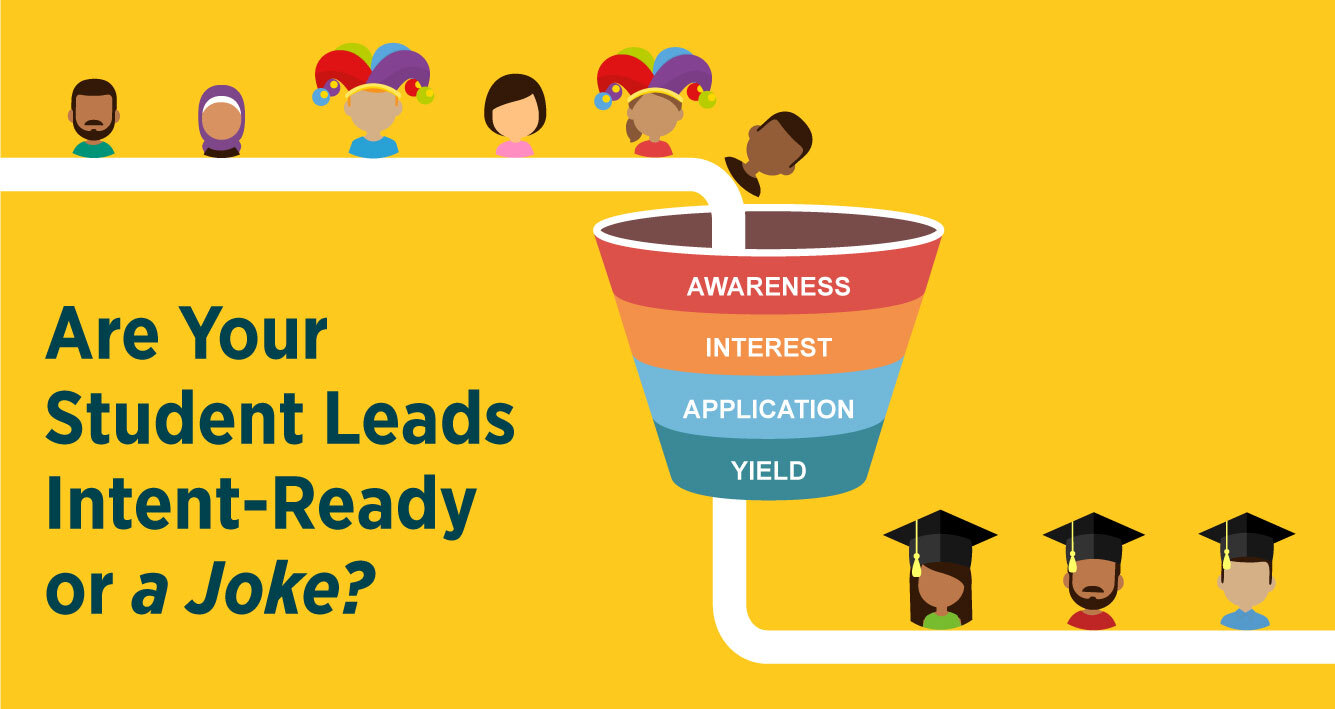
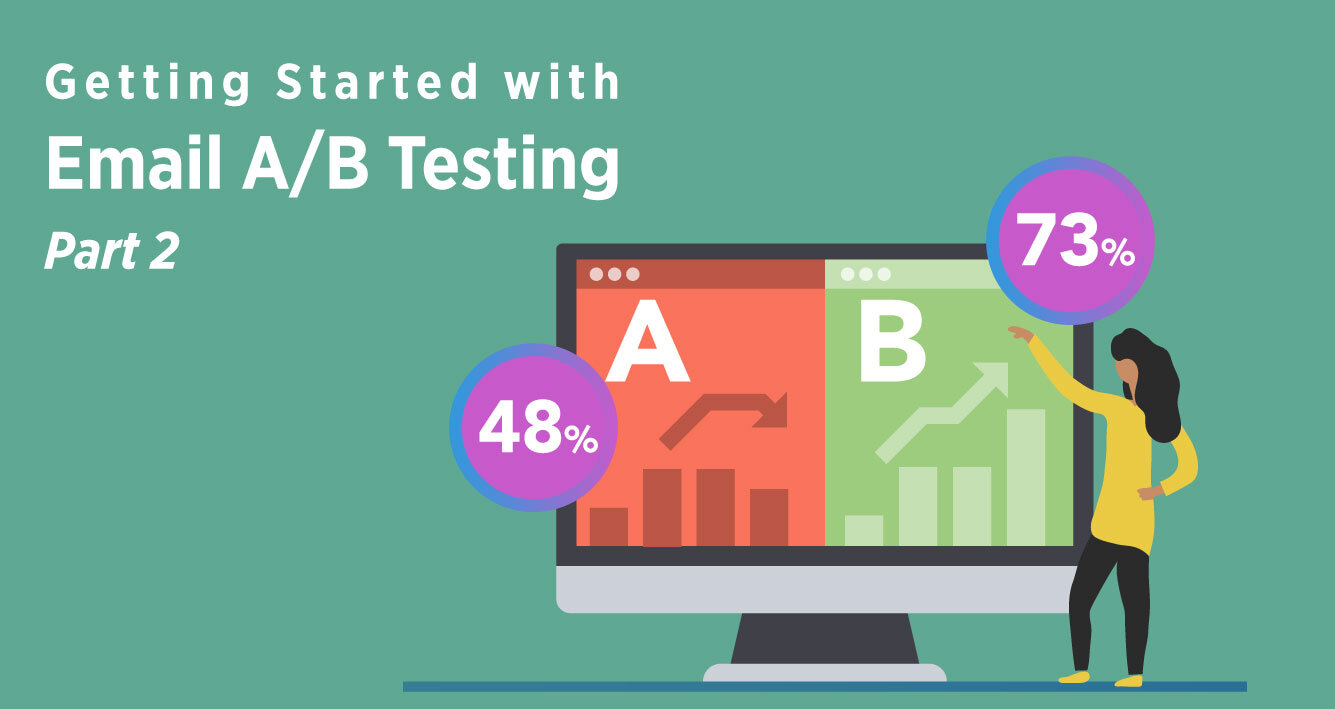
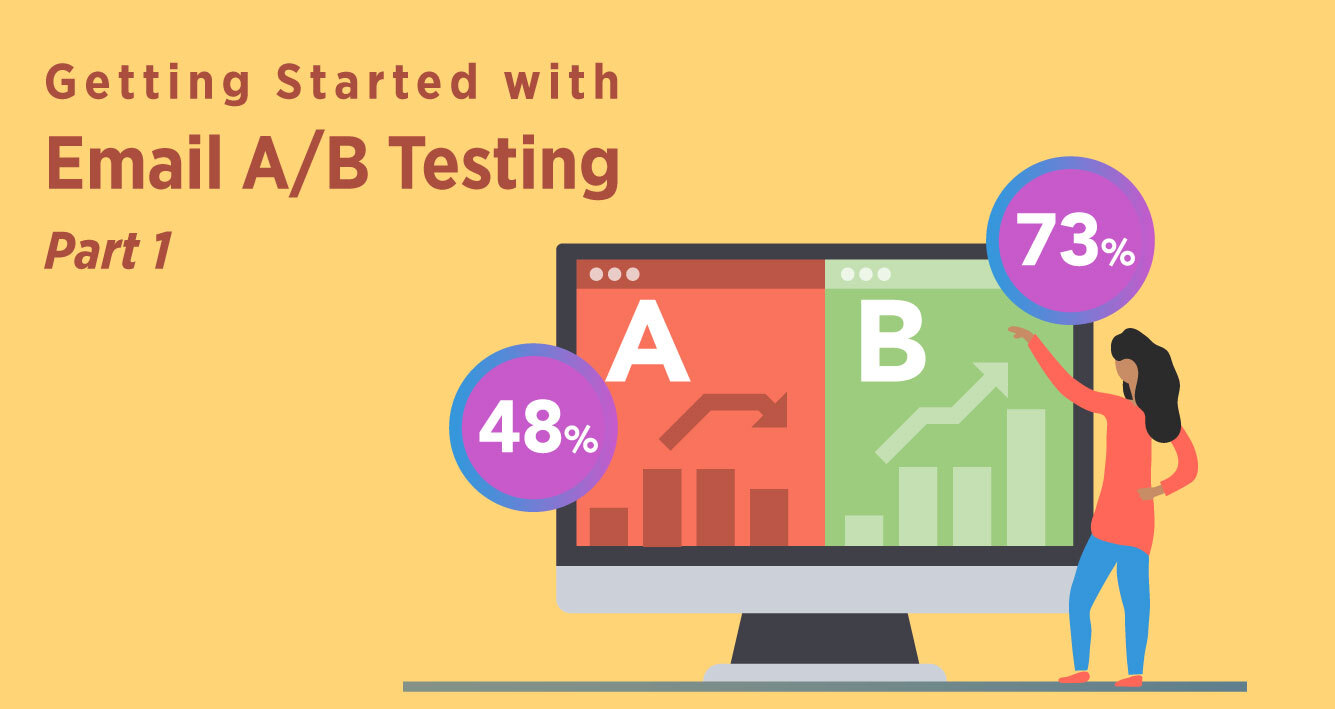

.jpeg)

